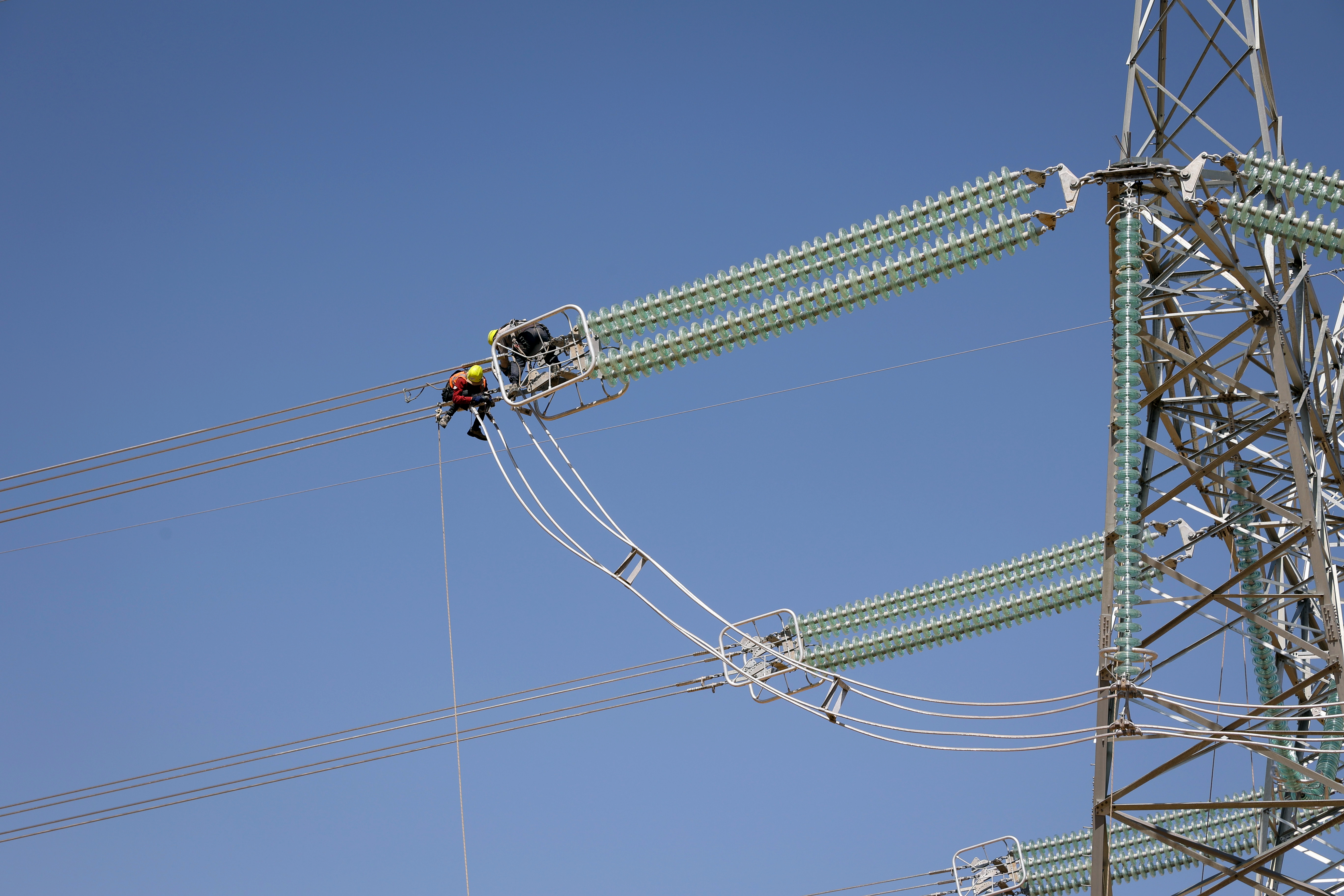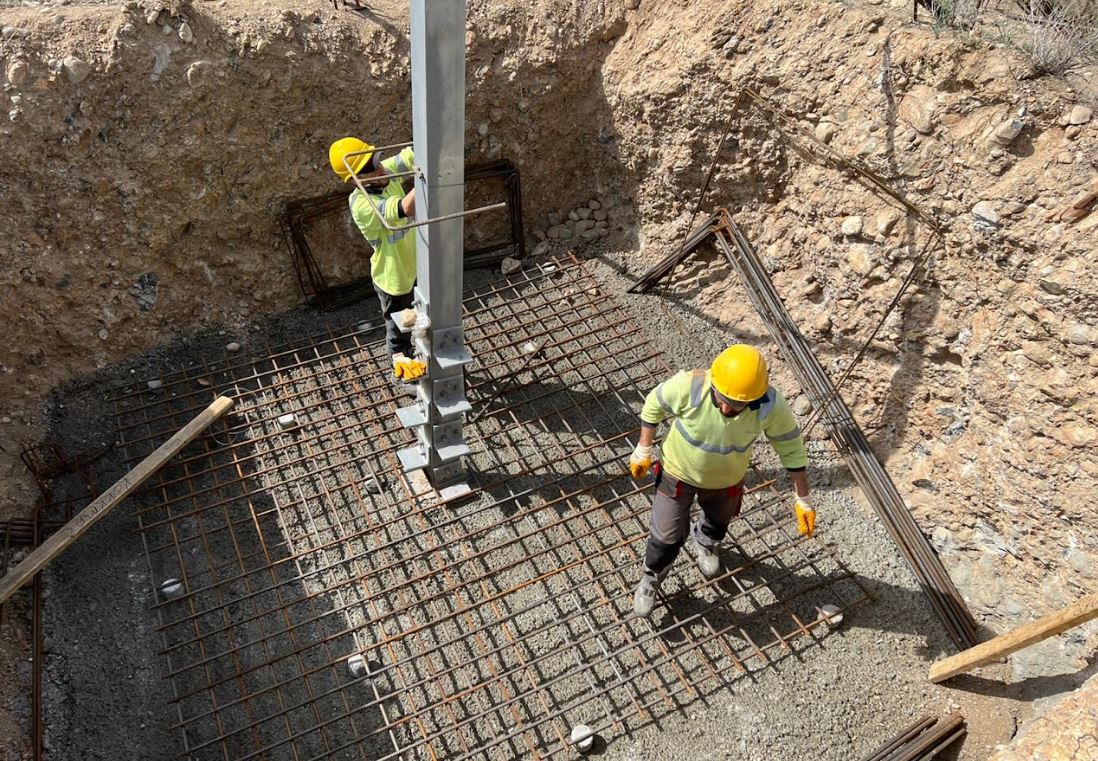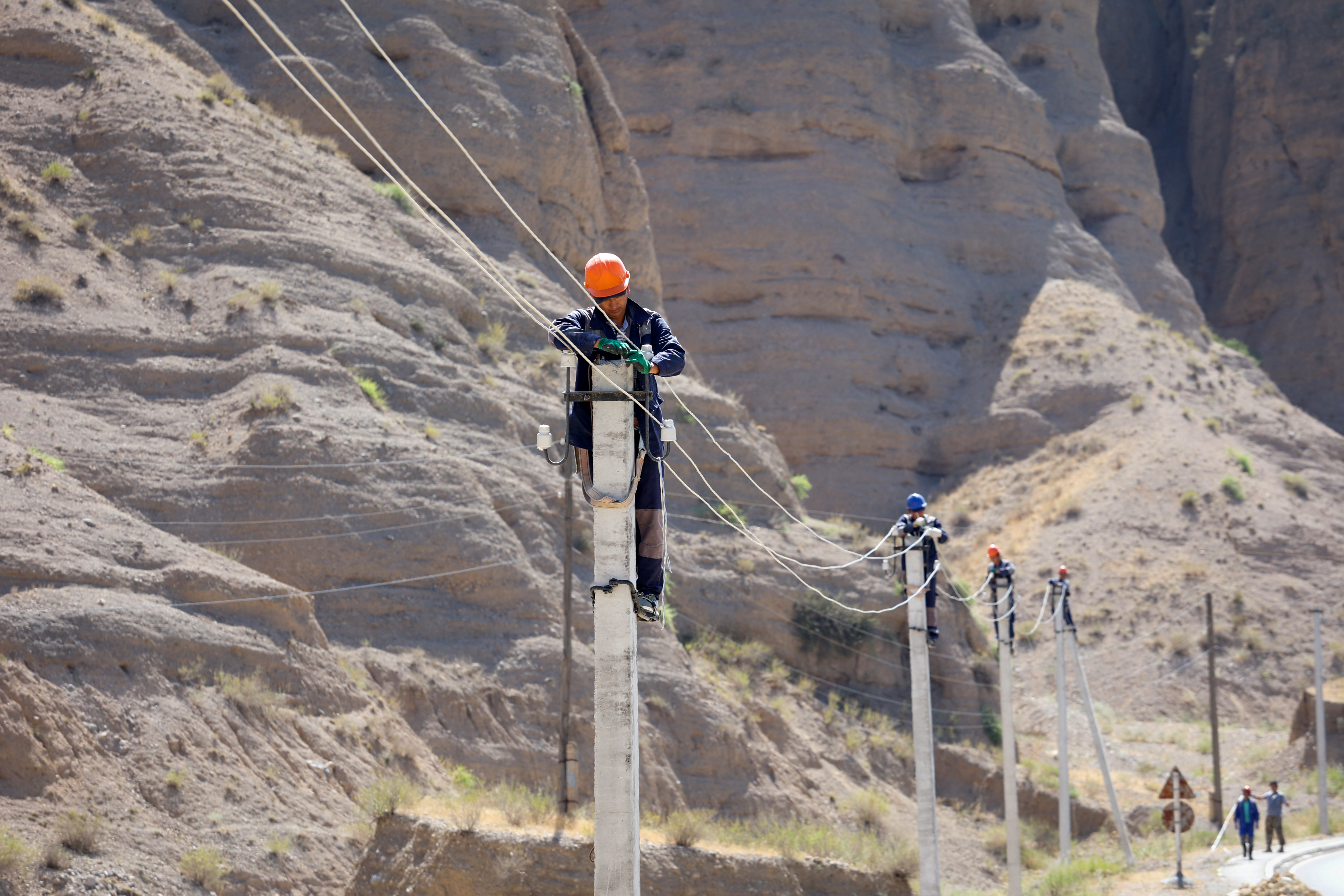
Published
11/04/2024, 17:15The country has almost completed construction of its part of the energy infrastructure under the CASA-1000 project. The project is designed to link the energy systems of Central Asia with South Asia - Kyrgyzstan, Tajikistan with Afghanistan and Pakistan. It will enable the development of mechanisms for electricity trade in compliance with international standards. Altynbek Rysbekov, General Director of the OJSC "National Electric Network of Kyrgyzstan" (NENK), spoke in an exclusive interview with Akchabar about the project's significance for the republic and what prospects await the Kyrgyz Republic with its launch.

- CASA-1000 is a modern energy supply infrastructure designed to sell electricity generated in Central Asia to South Asia to cover demand.
The project aims to balance the electricity utilisation in Central and South Asia. The current situation is that Pakistan, the main buyer of Kyrgyz and Tajik electricity, is experiencing an acute electricity shortage, especially during the summertime. Electricity will be transferred to Pakistan and Afghanistan in summer at the expense of existing hydropower plants, with account of the construction of new hydropower plants and renewable energy facilities (RES).
Thus, by narrowing the gap between electricity supply and demand we plan to increase the efficiency of the regional energy market.

- Given this is a regional project involving four countries, it already indicates that it promotes close collaboration among all its participants. International financial institutions such as the World Bank, the Islamic Development Bank, the European Investment Bank and others are involved in the project also. The CASA-1000 infrastructure in Kyrgyzstan includes 1,243 poles, 456 kilometres of transmission line and a cell at the Datka substation.
Each participating state is responsible for building part of the infrastructure in its territory, and we all work in close cooperation.
- Long before the project was launched a detailed document specifying the commitments of each country was developed with the direct involvement of the governments of the participating countries and international financial institutions. It has undergone more than one approval. It specifies the main technical, financial and organisational aspects.

According to the project terms, a 456-kilometre-long power line runs through the republic from a 500 kV cell built specially for this line at the 500 kV Datka substation. From there, the line runs through Jalal-Abad, Osh and Batken oblasts to the border with Tajikistan.
To date, we have fully completed the facilities construction under the CASA-1000 project.
- The project pays special attention to the environment. Even before the project started, a large job was done to study its environmental impact.

The analysis of national and international environmental experts formed the basis of a large analytical work called ‘Environmental and Social Impact Assessment’, which was agreed with the relevant state authorities. During the project's direct implementation, we followed this document's recommendations.
For example, we have adjusted the power line route several times to avoid places where rare red-listed plants grow. Where it was impossible to move the route, red-listed tulips and acantholymons were replanted. This was conducted by leading experts-biologists of the National Academy of Sciences of Kyrgyzstan.
In general, the research showed the project's impact, if all recommendations are followed, is temporary and minimal.
The main impact is on the soil. To reduce this impact, reclamation works will be carried out after construction works are completed in consultation with ecologists and soil scientists.
- The study demonstrated that any impact of a 500 kV power line can be avoided by following norms and sanitary rules. We did so, guided by them, and cleared a 30-metre-wide corridor from the outermost wire to the nearest residential premises.

There are no households within its boundaries. Thus, neighbouring infrastructure does not interfere with residents in any way.
- The Kyrgyz Republic will get tens of millions of dollars annually depending on the electricity export volumes.
The amount is composed of a favourable tariff for the country, which does not affect the cost formation for domestic consumers.
- Residents have already felt the benefits of CASA-1000. They have received substantial assistance through ARIS's “Local Community Support” (LCS) Project. It was specifically launched to assist villagers in mitigating any inconvenience they may experience during the CASA-1000 electrical infrastructure construction.
The World Bank funded the project. As a result, 77 villages in three oblasts - Jalal-Abad, Osh and Batken - were supported.
The LCS project is divided into several activities: improvement of the electricity supply system, social facilities construction and entrepreneurship support. At each stage, the residents decided where the money would be allocated. Mobilisation groups were set up for this purpose.
- Indeed, ARIS was the project customer, and NENK implemented it in terms of electricity supply improvement.
In 77 villages of Osh, Batken and Jalal-Abad oblasts, the works were carried out in two stages in three areas: electrical network improvement, electrical network expansion, and street lighting installation.

To implement the project a memorandum was concluded between NENK, our Batken, Osh and Jalal-Abad power grid enterprises and ARIS. Under the project, our specialists installed more than 10 thousand poles, and 160 transformers, and built 380 kilometres of overhead lines.
ARIS purchased all the equipment for these purposes, and we, on our part, were fully engaged in its installation.
- Not everyone is positive about the CASA-1000 project. I think this is due to a misunderstanding of the very purpose of the project.
The country is really in an energy conservation mode. It did not happen today, it is the result of many years of sector underfunding, due to which the existing infrastructure is obsolete and no new infrastructure has been built to replace it.
Now we see a different picture, the authorities are prioritising the launch of new capacities. And, I think, this issue will be resolved soon.
But even under today's conditions, the republic needs the CASA-1000 project. Since, as I said above, we are only talking about supplying surplus electricity in summer. No one is talking about exports in the wintertime when we are experiencing a load on the power grids.
I would like to add that it is precisely CASA-1000 that can help us to get out of the crisis sooner. We will be selling electricity to Pakistan and Afghanistan in the summer at a commercial tariff. This will generate profits that we can use to repair existing power grids, build new ones, and replace equipment. All of this together will improve the domestic electricity supply for our citizens.

The CASA-1000 infrastructure must allow us not only to send electricity through Tajikistan and further down the line but also in the future this transmission line has great potential for Kyrgyzstan to transmit electricity.
- Probably the most unique thing is that our country is implementing such a project for the first time, namely with the participation of several states. Therefore, its implementation is an event in itself for us. It required a high level of interaction with other participants in the project.
And so, of course, a lot was going on. As I have mentioned, we had to change the route several times to avoid places where red-listed plants grow and where rare animals live. Thanks to this we learnt even more about our native nature.
For the first time on the republic's territory, the Institute of Biology of the National Academy of Sciences and the Argali Foundation carried out a large-scale operation to preserve plants listed in the Red Book. Expert biologists were independently engaged in transplanting. And, interestingly enough, the monitoring showed that the survival rate of Red Book plants was 96%.

And there were many such moments, it is impossible to remember them all now. I repeat the implementation of this large-scale project, both in terms of its scope and importance for the country, was strategically important.



